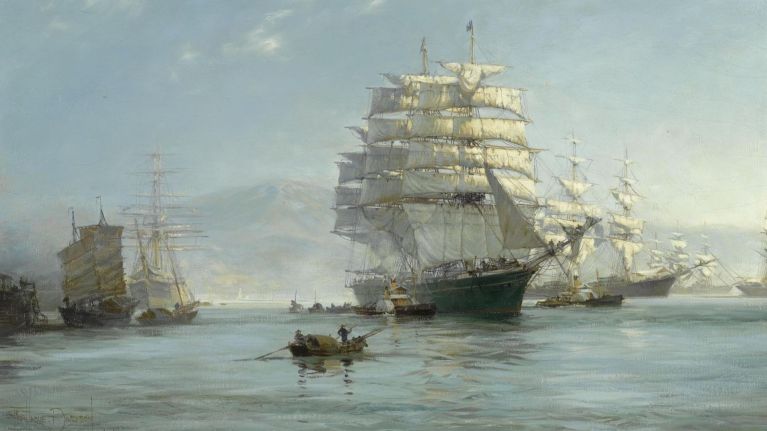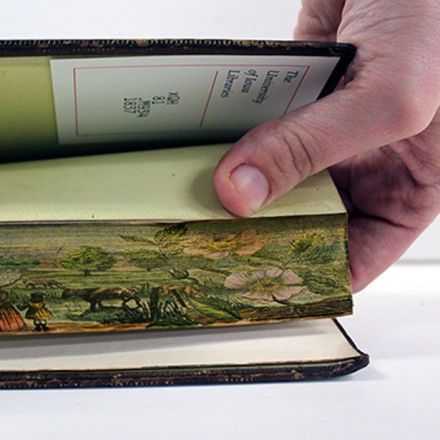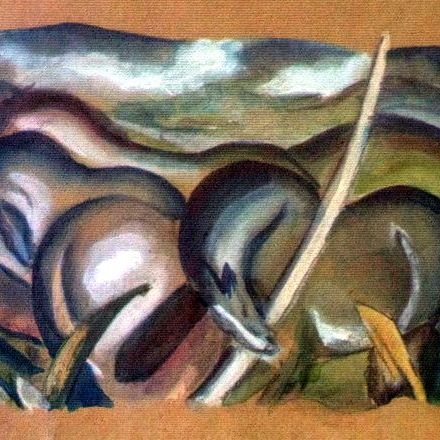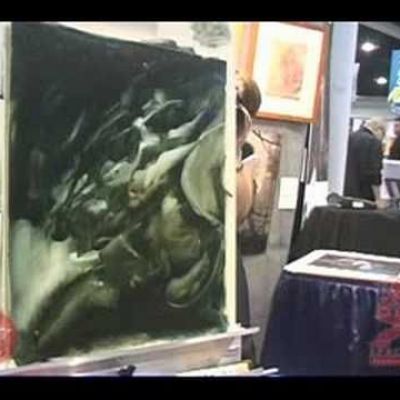-

-
Excerpt from Sotheby's
Dawson's Chinese Port-Morning Departures includes clipper ships, trading junks, steamers and attendant small craft in the waters of Foochow. A port on the River Min in China, Foochow was established as a treaty port in the early 1840s, and soon after became a thriving center of trade. By the 1850s, it was one of the largest ports in China and the world's largest tea-exporter, attracting ships from across the globe. The present work's tranquil calm of still waters, cloud-free sky, and early morning light illuminating the top-most sails of the tall ships' masts contrasts with the busy activity of those onboard the vessels and in the Pagoda Anchorage, obscured by mist on the horizon. While it has been suggested that the central vessel may be the tea clipper Spindrift, its green hull leads Juliet Johnson to identify it as the Thermopylae. Built in 1868 for George Thompson & Co., by Walter Hood & Co. of Aberdeen, Thermopylae was made for speed. Her maiden voyage from Gravesend, Kent to Melbourne took just sixty days, and she often bested the rival and equally famous Cutty Sark in the race to bring the new season's tea to England. Dawson painted Thermopylae a number of times, including a larger version of the present work, in Pagoda Anchorage and Thermopylae Leaving Foochow. Bought by the Portuguese government in 1896 after years of service on the tea trade followed by the Australian wool run, Thermopylae was sunk in 1907; Dawson's compositions, then, are lasting tributes to the vessel widely considered the fastest commercial clipper ever launched.
-
Various Sizes Can Be Found Here





























Join the Discussion